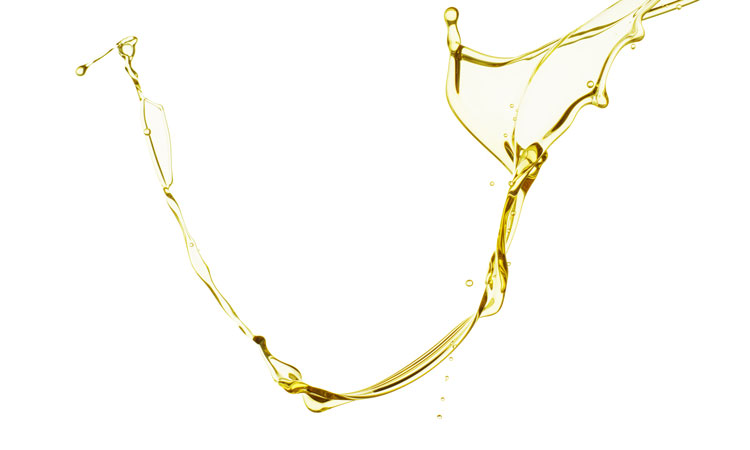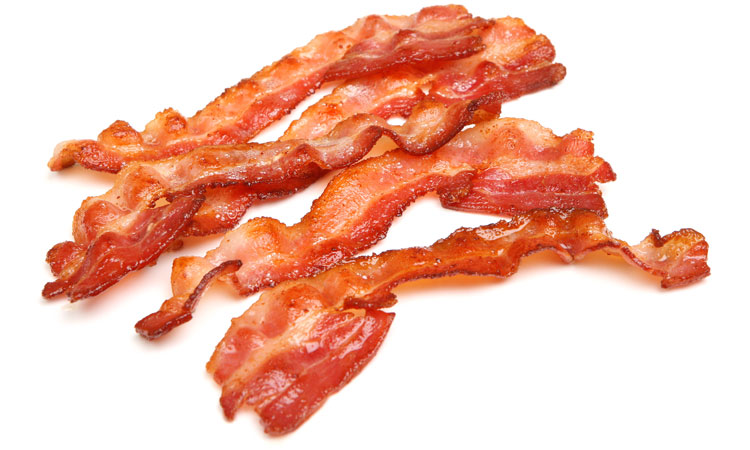MOSH and MOAH: a layman’s explanation
- Like
- Digg
- Del
- Tumblr
- VKontakte
- Buffer
- Love This
- Odnoklassniki
- Meneame
- Blogger
- Amazon
- Yahoo Mail
- Gmail
- AOL
- Newsvine
- HackerNews
- Evernote
- MySpace
- Mail.ru
- Viadeo
- Line
- Comments
- Yummly
- SMS
- Viber
- Telegram
- Subscribe
- Skype
- Facebook Messenger
- Kakao
- LiveJournal
- Yammer
- Edgar
- Fintel
- Mix
- Instapaper
- Copy Link
Posted: 1 August 2017 | Andreas Adam - Chairman of the Food Grade Lubricants Working Group | No comments yet
In recent years we have seen many publications, often copies of each other, drawing attention to ‘oil’ found in food. In this article Andreas Adam, Chairman of the Food Grade Lubricants Working Group, explains everything you need to know regarding mineral oil saturated hydrocarbons (MOSH) and mineral oil aromatic hydrocarbons (MOAH).


The generic term ‘oils’ has long included mineral oils, and led to the creation of acronyms like MOSH and MOAH. It is fair to say that, when they first arose, nobody in either the public or NGOs truly understood what this meant. As so often happens the unknown soon began to be considered a threat to human health.
Furthermore, because it was tested on products that are often given to children, such as breakfast cereals and chocolate, emotions soon clouded the issue. The immediate result was a fall in sales for many producers of the aforementioned products. MOAH was frequently accused of causing cancer and MOSH linked to liver damage.
These sorts of warnings always warrant a lot of attention and were repeated by many consumer organisations, resulting in an immediate reaction from the state bodies responsible for human health. The actual facts of the matter took a back seat to the headline-grabbing lies, with the industry struggling to explain complex scientific studies to a scared public.
During recent months suppliers of high quality lubricants, specially designed for the food industry, generally known as ‘food grade lubricants’ but more accurately defined as ‘lubricants for incidental food contact’ have been confronted with requests from their customers to supply lubricants free of MOSH and MOAH.
Let us be clear from the outset; this is NOT possible. One cannot make a mineral oil-based lubricant free of both MOSH and MOAH, just as it is not possible to make fat-free bacon.
Looking at recent publications many would think that we therefore have a serious problem. Luckily, CONCAWE has been very active in analysing the issue. Founded in 1963 by a small group of leading oil companies to carry out research on environmental issues, CONCAWE conducted a thorough search of data from Europe and America stretching back three decades. The search took two years and included studies and samples. This huge task was undertaken Mr. Juan-Carlos Carrillo, a senior Shell toxicologist.
MOAH
As this is a layman’s explanation I will give an example that is clear for all. Many years ago we learned that cholesterol was bad, very bad. Then scientists discovered that there were more types of cholesterol than first thought and that some were “good” and others “bad”. The recently finalised studies have shown a similar result for MOAH. There are good MOAH and bad MOAH. The good news is that all the bad MOAH, meaning those containing three or higher PAC (Polycyclic aromatic compounds), are taken out of the oil by severe refining processes. These higher numbered rings are certainly material you do not want in or on your body.


You cannot have food free of MOSH and MOAH any more than you could have fat-free bacon
The MOAH with lower PAC, rings one and two, do not pose a risk due however. This has been proven using toxicology knowledge and actual carcinogenity tests. Still, people who already carry the notion that MOAH is “bad” will inevitably find some is present in their food, thus causing concern. In actual fact, however, none of the genuinely dangerous MOAH are present in lubricants. It is possible that there might be contamination from “bad” MOAH already present in food, but this is not an issue connected to lubricants, but rather of bad industrial hygienic practices during manufacturing or transport.
MOSH
MOSH has always been present in food products and this is never going to change. There are multiple possible origins, lubricants, mould release products, food additives, environmental causes and so on. If the food is tested it is impossible to trace the original source of this ‘contamination’ and here we must ask ourselves: where is the problem?
To answer this we must differentiate the main reasons our products are used. We have lubricants that are made of technical white oils which have a main function to lubricate food producing equipment. We generally refer to these as H1 lubricants. The description is incidental food contact. As such these should not be part of the food and should not come in contact with the food. If this happens it is an serious incident and the food should be disposed of. Of course these products have been designed with components that have been approved for their use and are safe. If a small leak occurs it should not pose a risk for the consumers. For that reason the FDA have defined an upper limit of 10ppm (parts per million). Technical white oil per se is not dangerous, but it does not meet the technical specifications to be regarded as an oil to come into direct food contact.
3H however, is a category of lubricant designed to come into direct contact with food. It is a category for food additives and, among others, mould release. These products are made from medicinal white oils (but do contain MOSH and MOAH). The key point here is that the FDA have given clearly defined limits to the amount that may be used. The EU (EFSA) have also defined very strict limits and this is given in three categories called class 1, 2 and 3. I will not go into the limits here but the most important point to be aware of is that the viscosity of the product used is most important. The larger the molecule, the higher the viscosity and the lower the concern. This means that a product with a viscosity of 100cst has a much higher ADI (acceptable daily intake) than that of a product with a viscosity of 68 (very low ADI).
If an analytical test is done by a concerned party it should not only look for the total amount of MOSH but also at the size of the molecules to determine if there is a risk or even a violation of the law. It seems that this was not done in the various consumer tests and that as such concern was raised for the wrong reason. The MOSH that are used for the production of food have been tested for adverse effects on human health and have received a clean bill of health from experts.
The MOSH concern about liver toxicity is linked to the low viscosity oil (class II, and III), which are not allowed to be used for 3H applications. As a side note, the liver effects linked to these oils was only seen in one type of rat which is very different from humans. More and more toxicologists are of the opinion that this well may be a ‘false positive’ and that the liver effects are peculiar to this type of rat and not relevant for humans.
Conclusion
There should be no doubt that food grade lubricants, provided they are made according to guidelines set by registered bodies, are not harmful. All food products are going to contain MOSH and MOAH, this is just unavoidable. The key thing is distinguishing between the higher viscosity and molecule size. In order to reduce fears over these oils we need to educate the public, NGOs and governmental bodies more effectively.
Biography
Andreas Adam is the International Sales Director at FRAGOL GmbH+Co. KG, a German based Specialty Lubricants developer and producer of private label products with a focus on Food Safe Lubricants and compressor and vacuum application fluids. He graduated as a marine engineer, and has more than 35 years of experience in the lubricant industry working for Castrol, Petro-Canada and Anderol in many countries.






